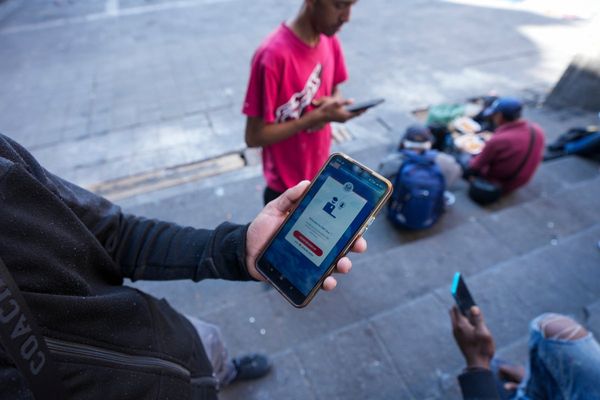
On July 6, Sonya Massey, a 36-year-old black woman in Illinois, was killed by a police officer. The episode was recorded in full on body cameras and prompted a response from vice-president and Democratic nominee Kamala Harris, who called Massey's family ,and urged Congress to pass a long-stalled police-reform bill.
Massey's murder also raised the total of police shootings in 2024 to nearly 850, on pace to be the deadliest year for police killings in over a decade.
The record is particularly eye-popping, considering that a recent poll by Gallup revealed that Americans' confidence in the police increased eight percentage points over the past year to 51%. This number includes U.S. adults who express confidence in the police: 25% say they have "a great deal" and 26% "quite a lot."
A new report by The Economist, supported by data from the Washington Post and the nonprofit Mapping Police Violence, looks into this disparity, offering a granular look into how police violence is distributed across the country and putting into question the lack of outrage from protesters this electoral year, a sharp contrast from the widespread unrest that followed the murder of George Floyd in 2020.
There is some reason to think that the reforms after Floyd's murder in 2020 have had an effect, suggests Sharon Fairley, of the University of Chicago. 'Many police departments...are really working to enhance their community engagement,' she says. In many cities some unpopular sorts of policing—such as mass traffic stops to search for guns—have been scaled back. That may have helped blunt distrust of the police, she suggests.
Nevertheless, the numbers paint a stark picture and the geographical distribution of police shootings can help shed some light on the causes. For example, reform in response to high-profile police killings in cities like Ferguson, Missouri, and Baltimore, Maryland, in 2014 and 2015, many urban police departments implemented reforms, such as pairing officers with mental health specialists on certain calls. However, these reforms have not been as widely adopted in smaller, rural departments, which are often led by elected sheriffs.
As a result, these areas have seen fewer improvements in police practices and the rise in police killings is particularly pronounced in rural areas and small towns, where county sheriff's offices are now responsible for a larger share of these incidents. In fact, a recent study by Vanderbilt University counters the widespread belief that killings by police are mainly an urban problem — and suggests that many police shootings in rural and suburban areas often go unreported and unnoticed.
Another cause for the surge in violence is the impact of staffing shortages on police recruitment standards. Neil Gross of Colby College points out that as fewer people seek careers in law enforcement, some departments may be lowering their standards, leading to the hiring of less qualified officers. Sean Grayson, Ms. Massey's killer, for instance, had a prior conviction for driving under the influence but was still employed by the Sangamon County Sheriff's Office.
One additional factor that may contribute to the rise in police shootings, according to experts consulted by The Economist, may have to do with the increase in violence against police officers as the surge in gun sales have made officers more likely to use deadly force. FBI data shows that more officers were killed in the line of duty in the three years leading up to 2023 than in any other three-year period in the past two decades.
Gun ownership, however, should be taken with a grain of salt, as the aforementioned Washington Post database reveals that, of nearly 10,000 killings since 2015, only six in ten victims were armed with a gun.
The arrest and charging of Grayson in Massey's killing is seen by some as a positive step toward accountability, but experts caution that such cases remain rare. Philip Stinson, a professor at Bowling Green State University who tracks police officers charged with crimes told The Economist that the number of officers charged with homicide has remained steady at around 20 per year for the past two decades.
© 2024 Latin Times. All rights reserved. Do not reproduce without permission.







